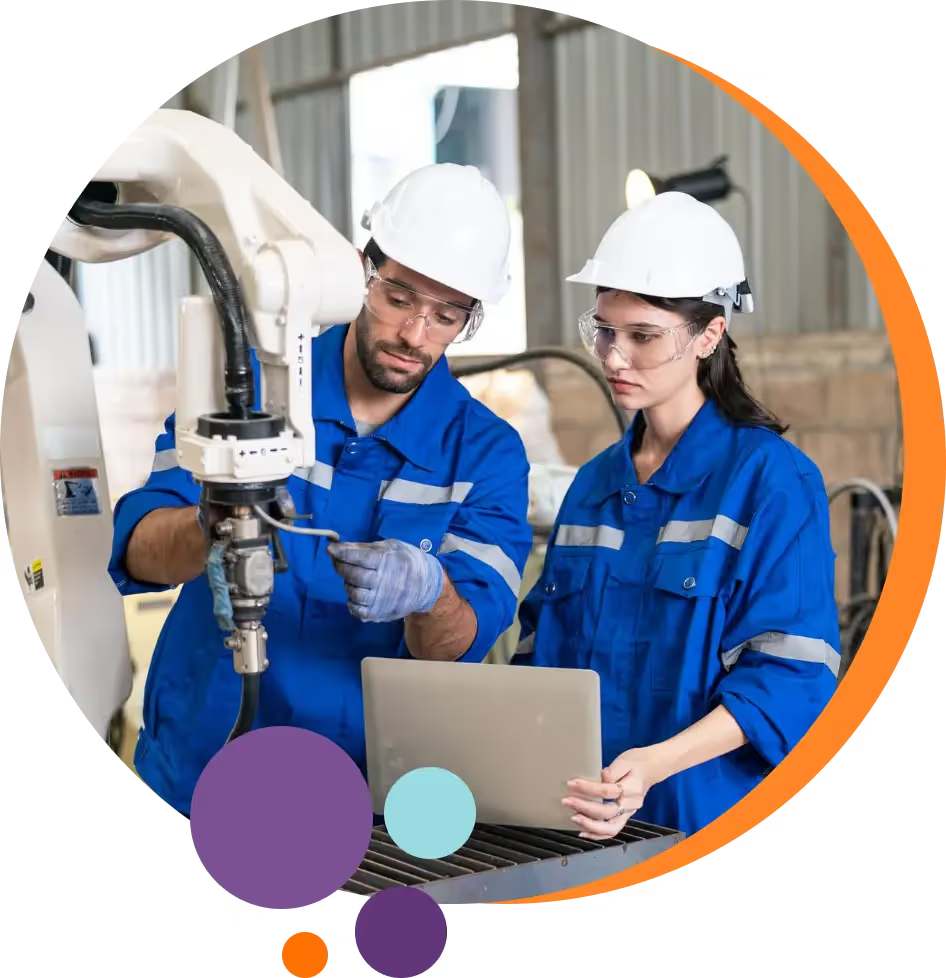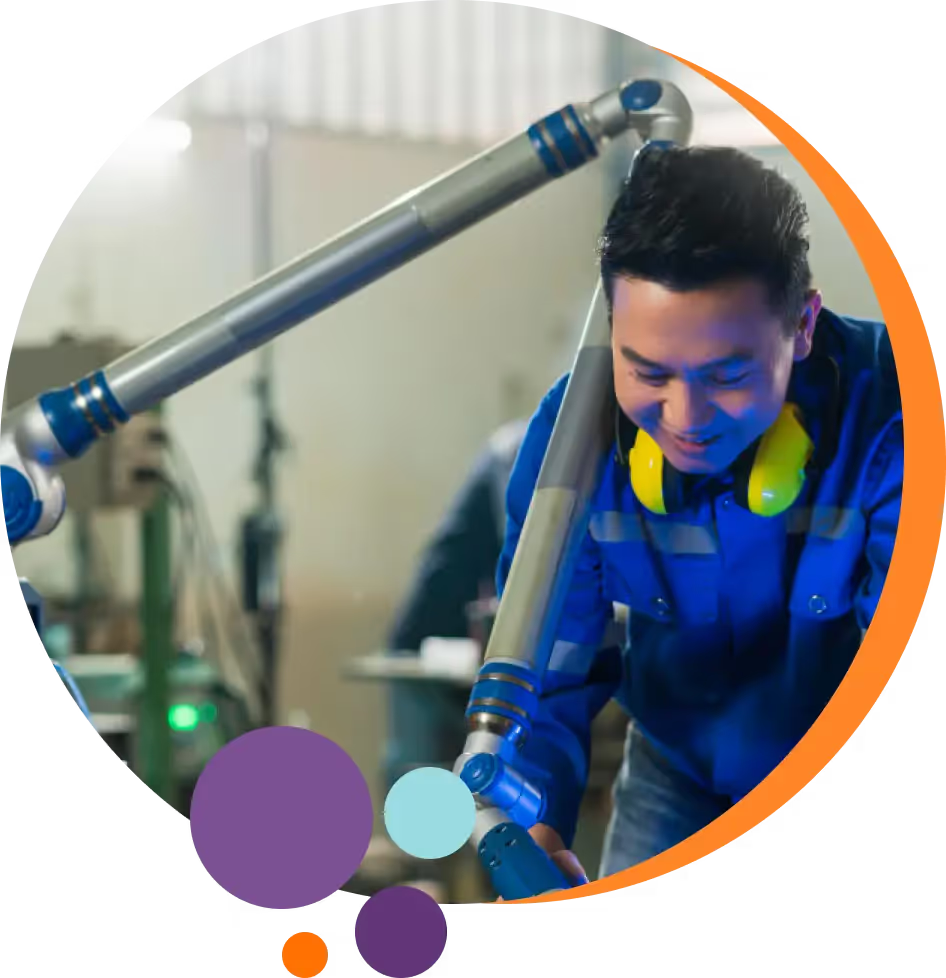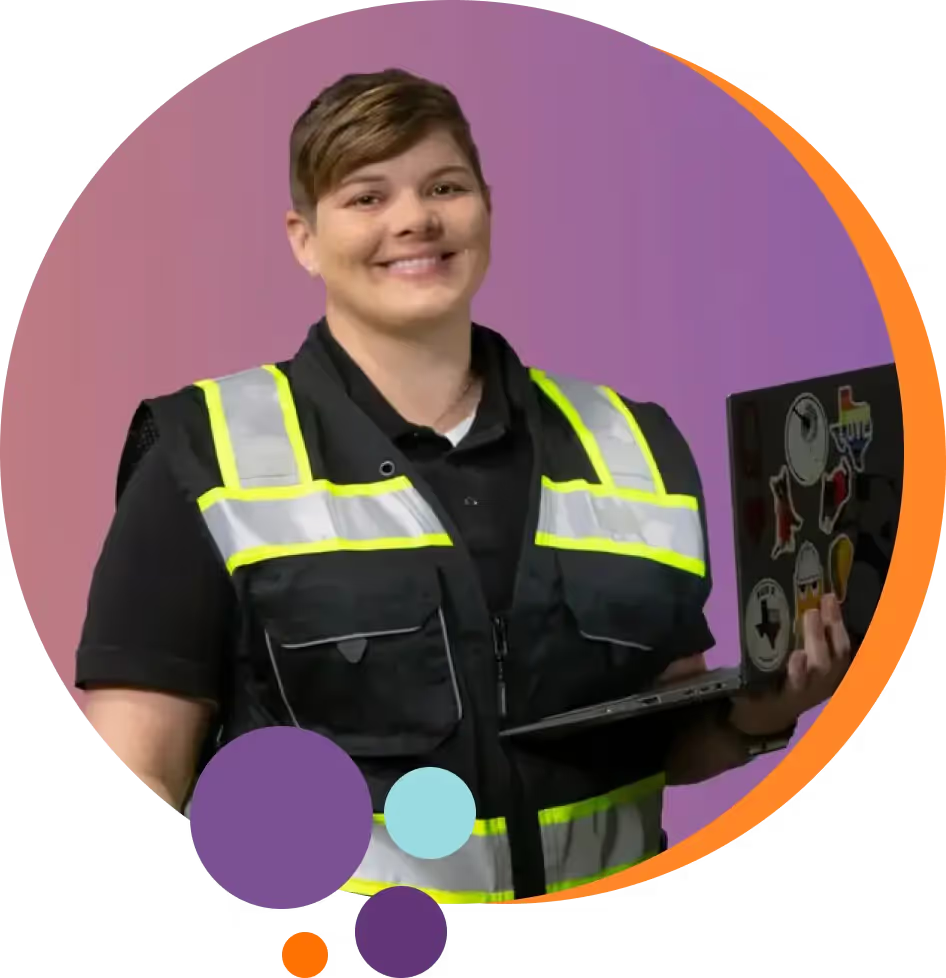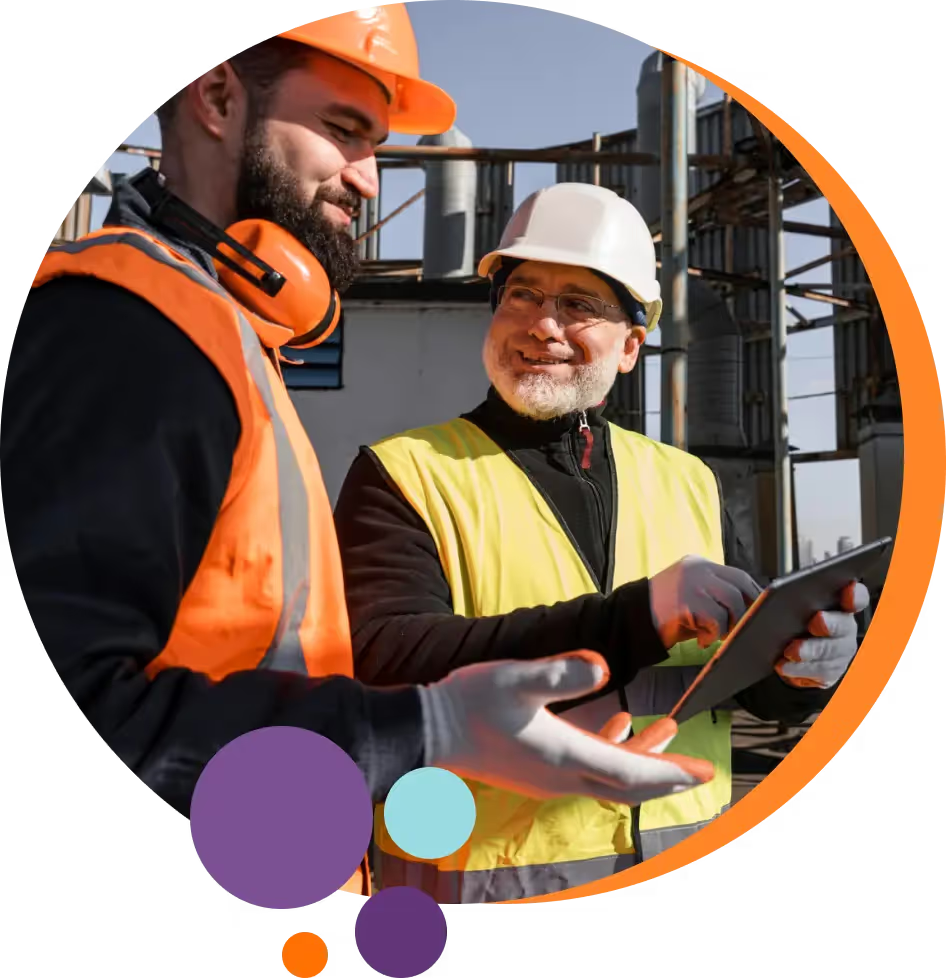Industry Outlook: Aerospace Engineering and the Need for Mechatronics
The aerospace industry is an ever-evolving domain, characterized by innovation, precision, and complexity. From commercial airliners to spacecraft, the demand for cutting-edge technology in aerospace engineering has never been higher. With its ability to seamlessly integrate mechanical and electronic systems, Mechatronics has found a niche in this dynamic sector.
The demand for advanced technologies is insatiable in aviation. Modern aircraft sophisticated systems that require multiple technologies to work in tandem This integration extends to avionics, navigation, communication, and flight control systems.
In an era where passenger safety, fuel efficiency, and environmental sustainability are paramount, aviation is critically dependent on these concurrent technologies. This is where mechatronics steps up to meet the challenge.
.webp)
How Mechatronics is Key to Innovation in Aerospace
The aviation industry continually seeks ways to enhance fuel efficiency and reduce emissions, for instance. Mechatronics professionals play a key role in achieving these goals by developing and optimizing aircraft systems. These systems balance the need for lightweight materials, aerodynamic designs, and advanced propulsion with intricate control systems that ensure safe and efficient flight.
As airspace becomes increasingly congested, there's a growing need for autonomous systems and air traffic management technologies. Mechatronics experts contribute to that end by designing and implementing automated navigation and collision avoidance systems, thus improving airspace utilization and safety.
Aircraft maintenance and repair have also transformed with the advent of concurrent technologies. Predictive maintenance, enabled by sensors and data analytics, is revolutionizing how airlines manage their fleets. A report by Precedence Research forecasts that the global aviation analytics market will triple in size, increasing from $3.5 billion in 2022 to around $10.75 billion by 2032. Mechatronics professionals are instrumental in designing and maintaining the complex sensor networks and data processing systems required for these analytical applications.
Against such a dynamic landscape, mechatronics professionals must remain adaptable and continually update their skills. Staying current with the evolving needs of the aviation industry means embracing emerging technologies such as artificial intelligence (AI), machine learning (ML), and the Internet of Things (IoT). Keeping abreast of industry regulations, safety standards, and best practices is also paramount.
Mechatronics in aerospace is pivotal to facilitating automation, real-time monitoring, and precise control. Cloud computing and data analytics, likewise, have become essential in aerospace, and mechatronics professionals are instrumental in harnessing these technologies for improved performance and safety.
Another focus of attention in this context is around programmable logic controllers (PLCs), which are integral to aerospace manufacturing processes. Mechatronics experts proficient in PLC programming ensure production lines run smoothly and efficiently. Robotics, too, has made its mark in aerospace, from automated assembly to inspection tasks. The global aerospace robotics service market had a valuation of $4.2 billion in 2022 and is projected to reach $6.8 billion by 2029.
The Future of Mechatronics in Aerospace
In the future of mechatronics in aerospace, several practical and transformative applications are expected to take center stage. One significant development is integrating mechatronic systems in advanced aircraft, enhancing flight control, safety, and fuel efficiency. These systems will enable aircraft to autonomously adapt to changing weather conditions, optimize flight paths, and minimize environmental impact.
Mechatronics will also continue to play a pivotal role in developing UAVs. These versatile machines are deployed for environmental monitoring, disaster response, and infrastructure inspection. Mechatronics will enable UAVs to operate with increased autonomy and precision, making them indispensable across various endeavors.
Within the aerospace maintenance and repair sector, mechatronics will lead to innovations in robotics and automated systems for aircraft servicing. These advancements will reduce turnaround times and enhance the overall safety and reliability of air travel.
.webp)
Application of Mechatronics in Aerospace and Aviation
Mechatronics applications in aerospace are as diverse as the industry itself. Here are some key areas where mechatronics makes a significant impact:
1. Avionics Systems
Avionics systems are electronic systems crucial for aircraft communication, navigation, flight control, and monitoring. Mechatronics professionals are integral in designing, developing, and maintaining these systems. They work on components such as flight control computers, sensors, communication systems, and navigation equipment.
Mechatronics experts ensure that these systems are precise, reliable, and capable of handling complex functions like autopilots, fly-by-wire systems, and collision avoidance. In addition, they play a significant role in back-end software development, ensuring that avionics systems operate seamlessly and provide accurate data to the flight crew.
2. Systems Repair and Maintenance
Mechatronics professionals specializing in aircraft systems repair and maintenance are responsible for diagnosing and fixing issues in aircraft systems. They use diagnostic tools and techniques to identify faulty components, including sensors, actuators, and control systems.
Once identified, these professionals replace or repair the malfunctioning parts to ensure the continued safe operation of the aircraft. Regular maintenance checks conducted by mechatronics experts help prevent system failures and maintain aircraft safety and efficiency.
3. Control System Handling
Control systems are essential for flight stability and navigation. Specialized mechatronics professionals such as control system engineers can design, develop, and optimize control systems that allow aircraft to respond to pilot commands and environmental conditions.
They are responsible for developing fly-by-wire systems, autopilots, and flight control computers. These experts ensure that control systems are accurate, responsive, and capable of handling various flight conditions. They also conduct rigorous testing and simulations to guarantee the safety and reliability of these systems in real-world flight scenarios.
4. Rocket Building and Maintenance
Mechatronics is instrumental in rocket and spacecraft construction and maintenance in space exploration. Mechatronics experts work on propulsion, guidance, navigation, and instrumentation. They design precise control systems to manage rocket engines, ensuring safe and accurate launches.
These professionals also maintain and monitor critical spacecraft components, including communication equipment, onboard sensors, and propulsion systems, to help the success of space missions.
5. Aircraft Manufacturing
Aircraft manufacturing is a highly automated process heavily reliant on mechatronic systems. Mechatronics professionals in aircraft manufacturing design and operate robotic systems for tasks like riveting, welding, and assembly.
These systems enhance production speed, precision, and quality control. They also oversee quality assurance processes, implementing inspection and testing systems to identify and rectify defects during the manufacturing process.
6. Airport Operation
Airport operations rely on mechatronics for efficient and secure passenger and cargo handling. Mechatronics professionals contribute to baggage handling systems, designing and maintaining conveyor belts, sorting systems, and baggage scanners.
They also play a critical role in installing and monitoring security systems, including surveillance cameras and access controls. Passenger boarding bridges, operated by mechatronic systems, provide a seamless transition between the terminal and aircraft. All of these systems enhance the overall passenger experience and airport efficiency.
7. Air Traffic Control Systems Operation
Air traffic control (ATC) depends on mechatronic systems to manage and guide aircraft within controlled airspaces. Radar systems, communication networks, and automated air traffic management systems fall under the purview of mechatronics professionals.
These experts ensure that ATC systems operate with precision and reliability, monitoring aircraft positions, issuing clearances, and managing air traffic flow. The real-time data provided by mechatronic systems enables controllers to make informed decisions, enhancing airspace safety and efficiency.
8. Quality Assurance in Aviation
Quality assurance in aviation is crucial for safety and reliability. Mechatronics professionals in this domain implement advanced inspection and monitoring systems to ensure aircraft components meet rigorous standards.
Predictive maintenance systems, driven by mechatronic technologies, monitor the health of critical systems and components, allowing airlines to schedule maintenance to prevent failures proactively. These systems utilize sensors, data analytics, and artificial intelligence to predict maintenance needs, reduce downtime, and enhance safety.
9. Aircraft Parts Repair and Maintenance
Mechatronics professionals specializing in aircraft parts repair and maintenance are responsible for ensuring the functionality of individual aircraft components. They conduct detailed inspections, calibration, and repair of components like flaps, landing gear, pilot static systems, altitude measurement sensors, and navigation systems. These professionals use specialized equipment and advanced diagnostics to identify and rectify issues, ensuring these critical components operate precisely and reliably.
.webp)




















.webp)

.webp)
